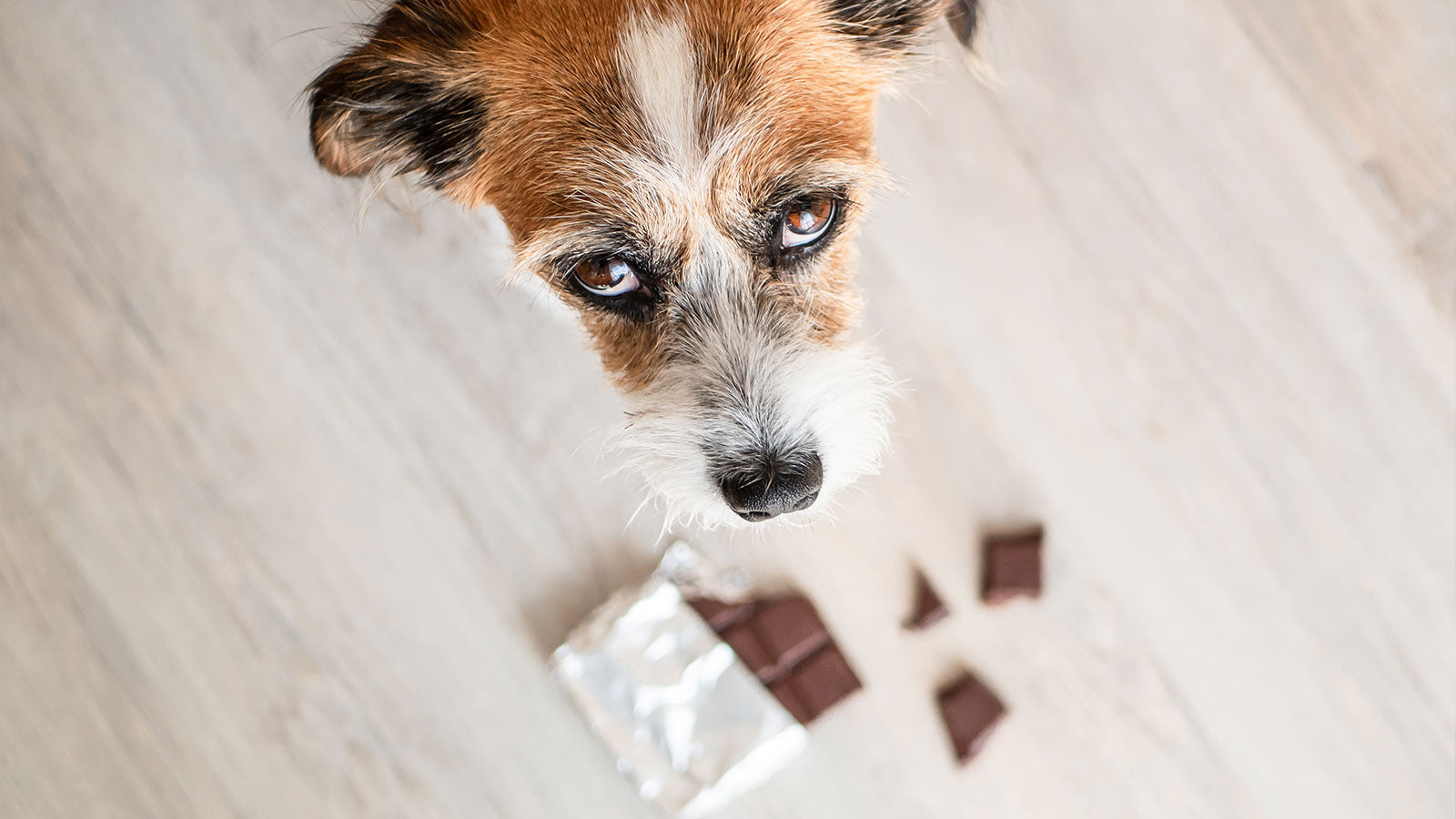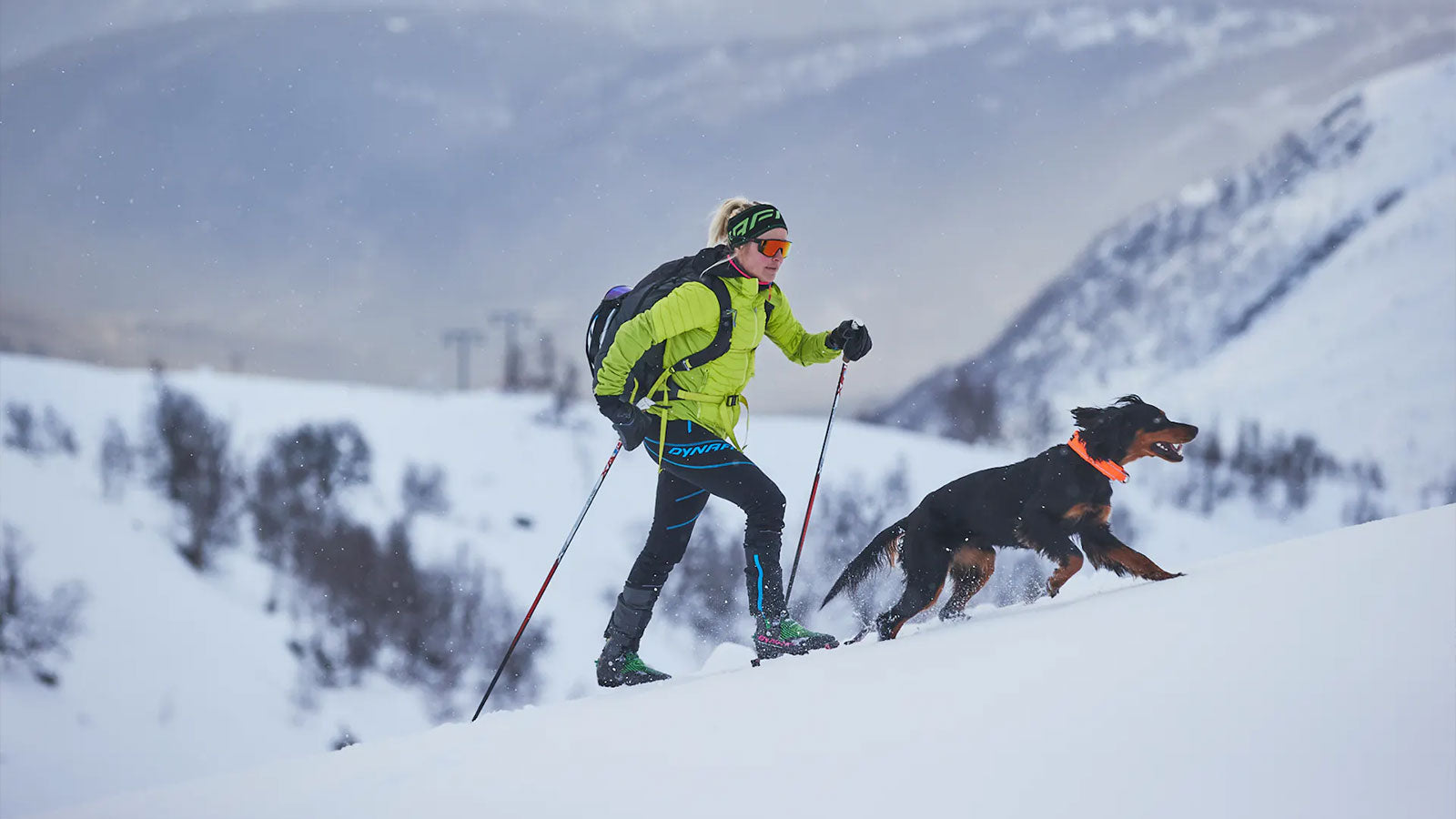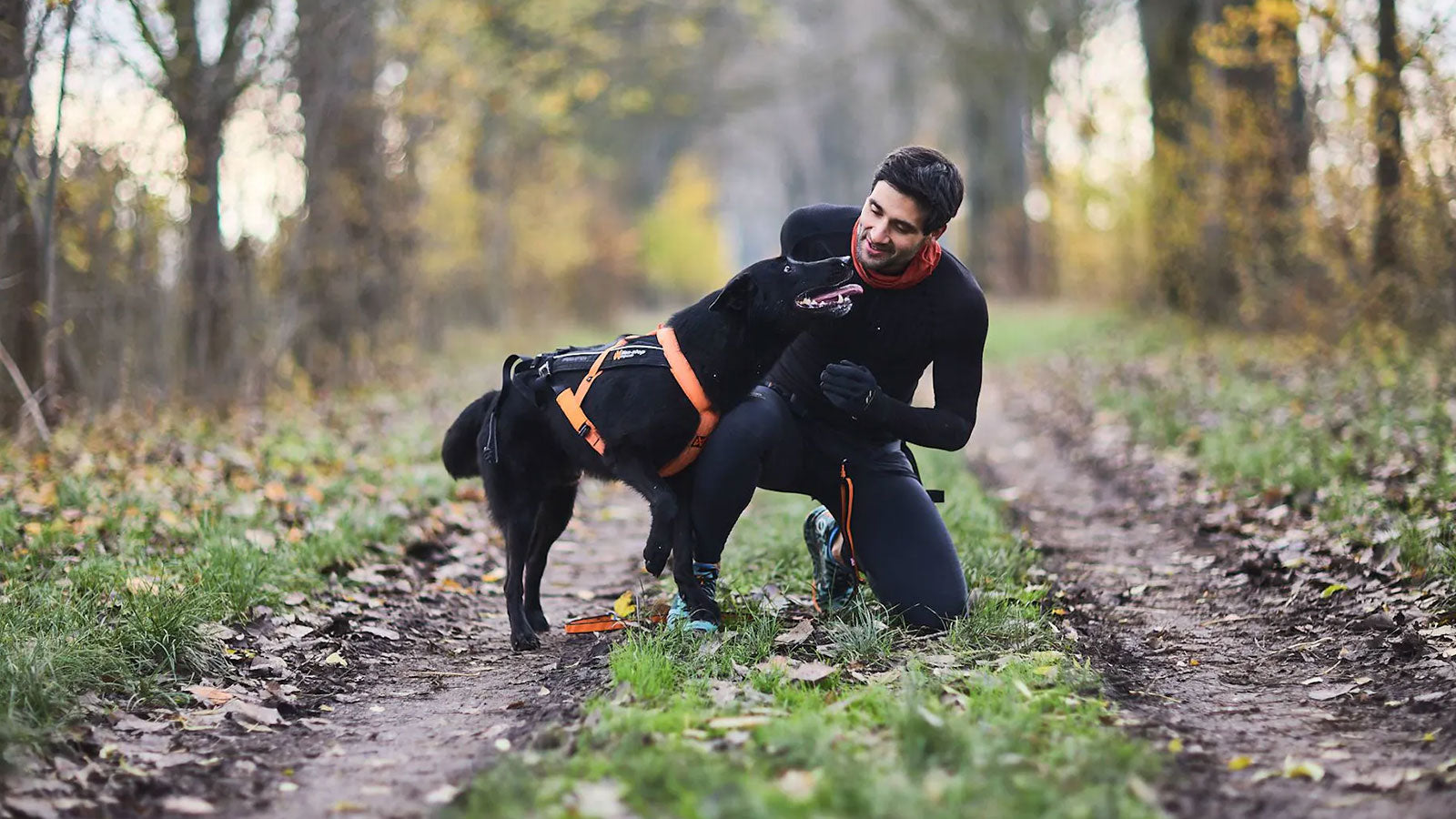Dogs and chocolate are a dangerous combination. Despite its popularity as a treat for humans, chocolate can be highly toxic to dogs. The primary culprits in chocolate toxicity are substances known as methylxanthines, specifically theobromine and caffeine.
Too bored to read the article? Listen to it!
While humans can metabolize these compounds efficiently, dogs cannot, making even small amounts of chocolate potentially harmful. Theobromine, which is found in all chocolate products, is the primary toxin that makes chocolate dangerous for dogs. Different types of chocolate contain varying levels of theobromine. For example, dark chocolate and unsweetened baking chocolate have higher concentrations of theobromine compared to milk chocolate. This means that even a small piece of dark chocolate can be more dangerous to a dog than the same amount of milk chocolate.
What Happens When a Dog Eats Chocolate?
The symptoms of chocolate poisoning in dogs depend on the amount of chocolate ingested and the size of the dog. Signs can range from mild to severe and include vomiting, diarrhea, excessive thirst, hyperactivity, and restlessness. In more severe cases, dogs may experience muscle tremors, seizures, and even heart failure.
Steps to Take If Your Dog Eats Chocolate
If you know your dog has consumed chocolate, it’s important to act quickly. The first step is to determine how much chocolate your dog has eaten, the type of chocolate, and how long ago it was consumed. Based on this information, you may need to induce vomiting to prevent theobromine from being absorbed into the bloodstream.
- Inducing Vomiting
If the chocolate was eaten within the last hour, inducing vomiting can be an effective way to remove the chocolate from your dog’s system before it is fully absorbed. A common method is to use a 3% hydrogen peroxide solution, administered orally. However, this should only be done if you are confident in the procedure, as improper administration can cause further harm. Always consult your veterinarian before attempting this.
- Using Activated Charcoal
Activated charcoal can be used to prevent further absorption of theobromine in cases of high-dose exposure. This is especially important if vomiting cannot be induced or if chocolate was ingested several hours prior. However, activated charcoal should be used cautiously and under the guidance of a veterinarian, as it can lead to complications such as hypernatremia (elevated sodium levels).
- Bentonite Clay as an Alternative
Bentonite clay is another option that can be used either alongside activated charcoal or as a standalone treatment. It works by absorbing toxins in the digestive tract, preventing them from being absorbed into the bloodstream. This method is less aggressive and can be effective in cases where theobromine levels are lower or when symptoms are mild.
Recognizing the Stages of Chocolate Toxicity
The severity of chocolate toxicity in dogs can be broken down into four stages:
- Stage 1: Mild symptoms such as hyperactivity, vomiting, and diarrhea can occur at 20mg of theobromine per kg of the dog's body weight.
- Stage 2: Cardiac symptoms, including an elevated heart rate and high blood pressure, appear at 40mg/kg.
- Stage 3: Neurological symptoms like muscle tremors and seizures occur at 60mg/kg.
- Stage 4: Life-threatening symptoms, including possible death, occur at 200mg/kg.
Prevention and Precaution
The best way to protect your dog from chocolate poisoning is prevention. Keep all chocolate products out of reach and be cautious during holidays and events where chocolate treats are more likely to be accessible to pets. If you suspect your dog has consumed chocolate, it's better to err on the side of caution and contact your veterinarian immediately.
In summary, while chocolate is a beloved treat for humans, it poses serious risks for dogs. Understanding these risks and knowing how to respond in case of accidental ingestion can make all the difference in ensuring your pet's safety.






Share:
Natural Approaches to Managing Pancreatitis in Pets
Feeding a Dog with an Upset Stomach